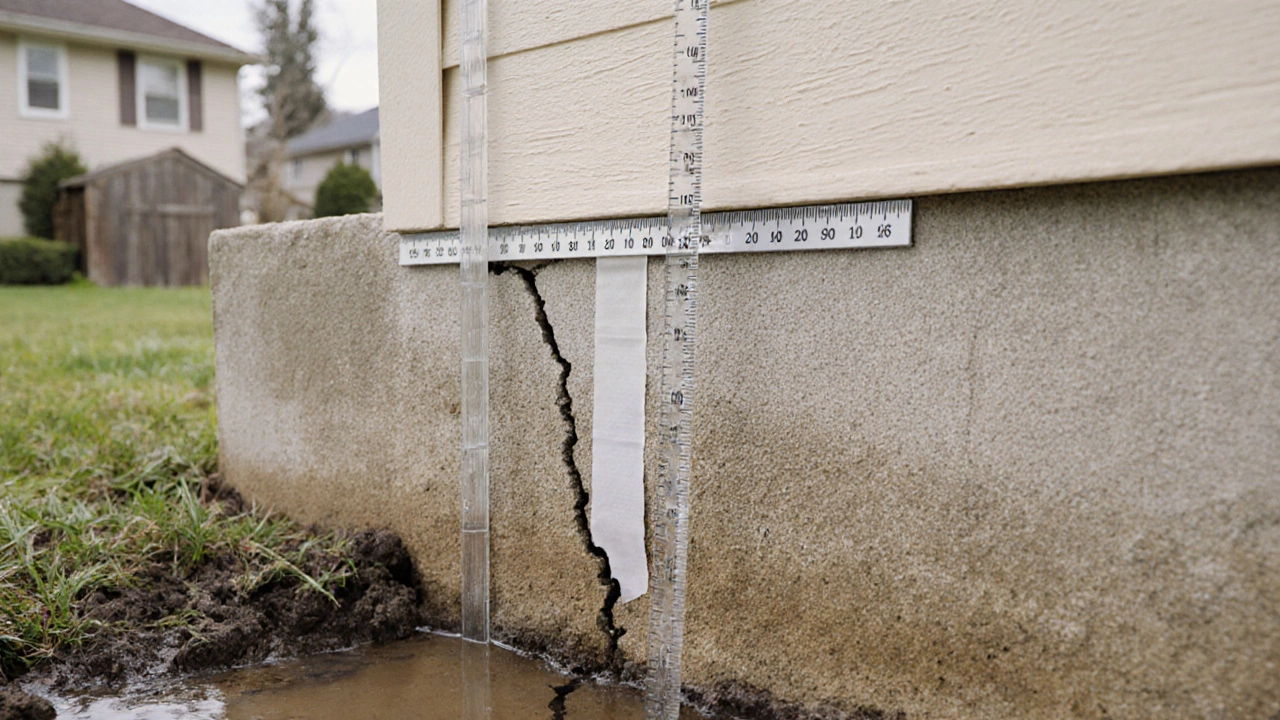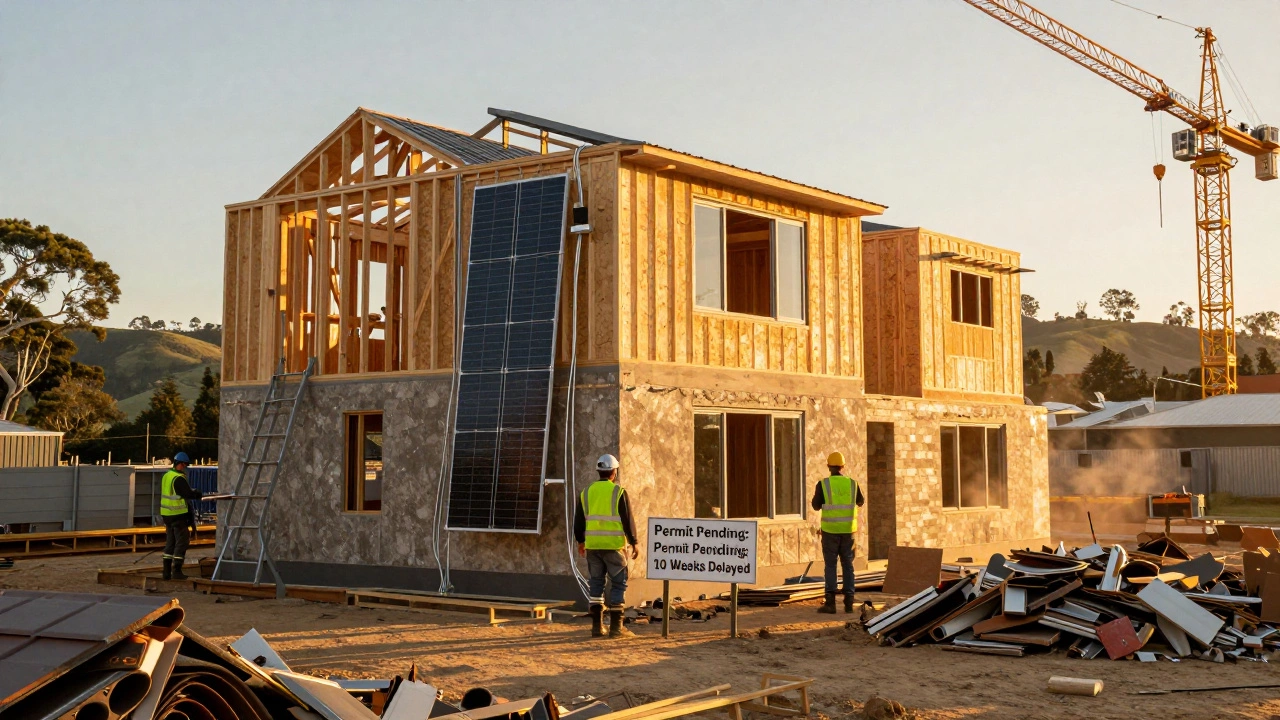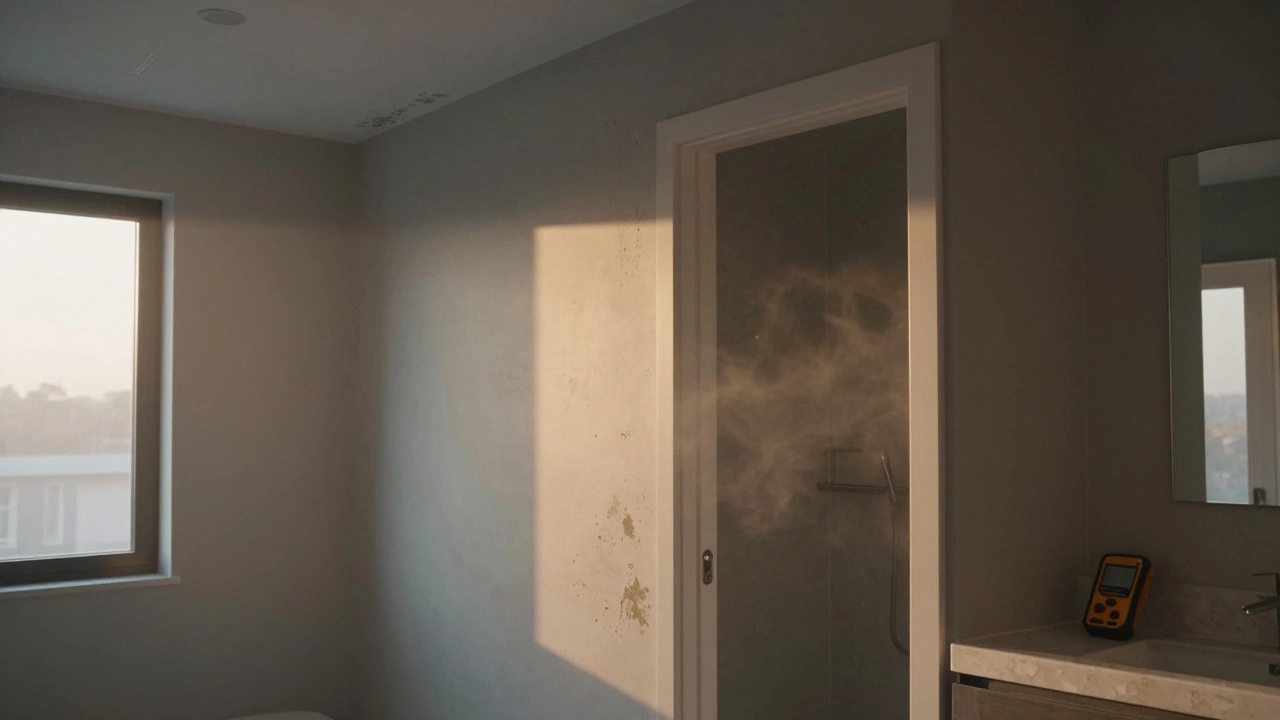Crack Width: Understanding Limits, Risks, and Repairs
When working with crack width, the measurement of a fissure in concrete, masonry, or foundation walls. Also known as fracture width, it helps determine structural safety and repair needs. Knowing the exact crack width is essential for homeowners, builders, and inspectors alike.
One of the first steps is to decide what size is acceptable. In practice, a width under 0.3 mm is usually harmless for residential slabs, while anything above 1 mm may signal movement or moisture issues. Measuring tools range from simple ruler gauges to laser scanners, each offering a different level of precision. The right tool lets you track changes over time, turning a vague concern into a clear action plan.
Key Factors That Influence Crack Width
When you hear the term foundation cracks, splits that appear in the footing or slab of a building, think about soil settlement, temperature shifts, and load distribution. Expansive clay soils, for example, can swell in winter and shrink in summer, creating stress that widens existing fissures. Likewise, uneven loading from heavy walls or new extensions can push a foundation beyond its design limits, making the crack grow faster.
Unlike foundation issues, structural cracks, breaks that affect load‑bearing walls, columns, or beams often point to deeper problems. A structural crack that widens beyond 2 mm may compromise a wall’s ability to carry weight, especially in older homes with weakened mortar. Detecting such cracks early allows you to intervene before costly damage spreads to doors, windows, or roof systems.
Choosing the right repair method, the technique used to seal or reinforce a crack based on its size and cause depends on the measured width. For hairline cracks (< 0.5 mm), epoxy injection or flexible sealants often do the trick. Wider splits (0.5–2 mm) may need polyurethane foam filling, while cracks over 2 mm typically require stitching, steel reinforcement, or even partial rebuilds. The method you pick directly influences the long‑term stability of the structure.
Monitoring doesn’t stop after the first fix. Install simple crack monitors—thin wedges or plastic gauges—right next to the repaired area. Check them monthly, especially after heavy rain or major temperature swings. If the gauge shows continued movement, it’s a sign that the underlying cause wasn’t fully addressed and you may need a specialist’s second opinion.
All these pieces—acceptable limits, cause analysis, measurement tools, and repair choices—form a roadmap for handling any crack scenario. Below you’ll find a curated set of articles that dive deeper into each step, from basic assessments to detailed repair guides. Whether you’re a DIY enthusiast or a seasoned contractor, the collection will help you decide when a crack is harmless, when it needs attention, and exactly how to fix it.






